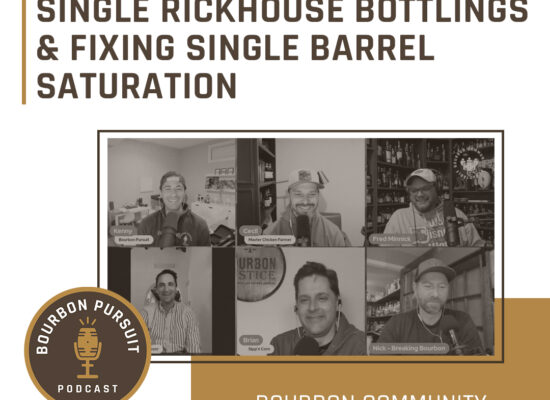Book Review – Bourbon 101
I have known Albert Schmid for many years. He once taught at Sullivan University in their culinary school and taught many students how to cook with Bourbon. He has since taken a job teaching in North Carolina but I hear… Continue Reading →


